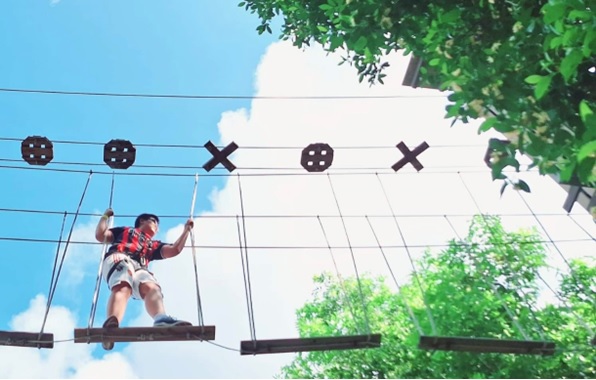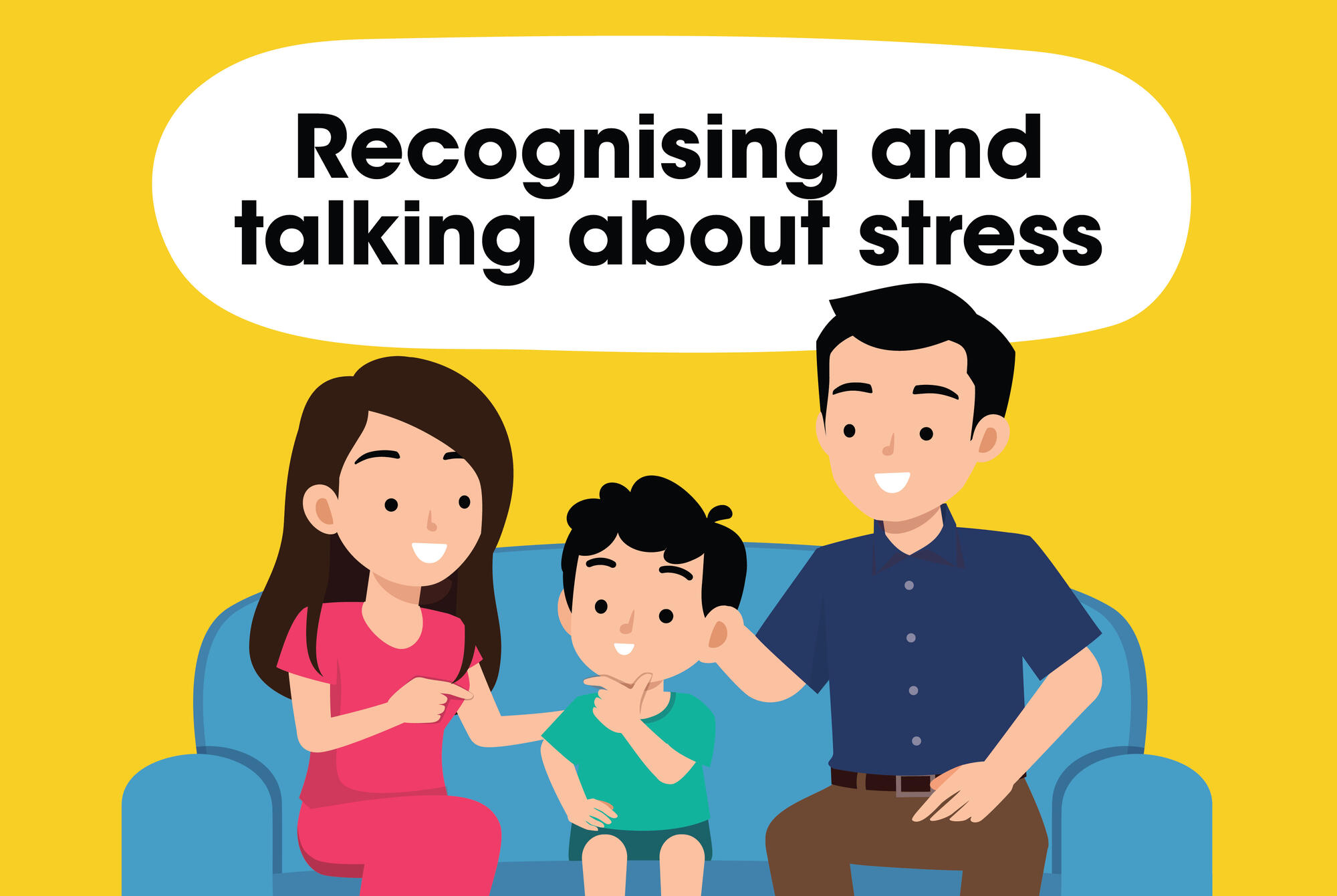Between “choosing a right secondary school for your child” and “choosing a suitable secondary school with your child”, is there a difference?
This time last year, I was helping my son select a secondary school and came across these two phrases. Simply put, the first phrase to me means “I want my child to go to this particular school that I prefer”.
The second one means “I still want my child to go to this school that I prefer – but I’m fleshing out the pros and cons of each one to him and pretending to give him an option or the impression that his vote counts, so that he won’t blame me if things don’t work out”.
Jokes aside, I just want to share how I shortlisted secondary schools with my kid. Other than matching his PSLE score to schools that he is eligible for (based on the previous year’s reference on the intake’s cut-off point), my husband and I looked at the exercise holistically. We wanted to shape and support his decision with his best interests in mind.
We also wanted a school for him that best fits his strengths, interests and learning needs. While I won’t say we ticked all the boxes (this was not the easiest to do given that there were a few fixed factors and variables!), I would like to think that it all worked out in the grand scheme of things.
These were my considerations, which worked for me:
1. Numbers count (pun unintended)
First things first, I think it’s important to use the PSLE score as a guide.
Before my son got his results, I used the MOE School Finder’s score calculator tool to generate a list of schools he might qualify for, based on his prelim results. I thought this was very useful as we were able to help my child with goal-setting and motivate to him to strive to get into a preferred school. Since cut-off points vary for each cohort, we also entered a range of scores (in case he could not make the mark or did better than expected – and this opened up more options for us.
To narrow my results, I used filters like “schools near me” as well. It gave a glimpse of the many permutations if we were to shift our priorities around. For example, my child had originally preferred a school nearby. When we broadened our search, we came to know of other schools with interesting offerings, which were previously not on our radar.
Something I learned about how “numbers count” is that a school’s PSLE score range is not pre-determined before the posting. Actual cut-off points can vary year on year depending on the cohort’s PSLE results and their school choices in that year’s Secondary 1 posting exercise. This helped to manage my expectations as I reminded myself to use the PSLE score range as a reference point only.
2. So far, not so good
These days, I notice that my son has longer days in school as a secondary school student than in primary school. With more subjects, he has more classes, followed by his CCA activities or project work.
Seeing this, I’m glad we made distance a priority during school selection. I don’t want him to “go the extra mile” just to go to school. With less travelling time, he has more family time, no rushing through dinner and homework, and he gets more rest too.
3. Beyond the classroom
If your child has a strong preference for a specific sport or talent such as art or music, do consider the schools that offer special programmes for them. If I could turn back time, though I was not exactly a sporty student, I would have still loved to try rugby, fencing, bowling or tchoukball, among other less conventional CCAs that I come across these days.
Notwithstanding, not all kids know what they want yet at 13 years old (like mine, who is only interested in football at this point) – and that is totally fine: it meant one less filter to consider during my “research”! One thing though, popular or unique CCAs may often be oversubscribed, and a child may get into a school but not into his choice of programme or CCA, so do manage your expectations and his as well.
4. What about the culture?
School culture and philosophy can vary from one school to another. There are other factors to consider, including whether the school is same-sex or co-ed, faith-based or secular, with or without affiliation to the primary school, autonomous or specialised.
For us, we kept an open mind and did not hold on to a preferred school type. But we took into account my son’s initial preference for an all-boys’ school – he just wanted to hang with the lads at this juncture (whether he regrets it or not later is a different story) – and added one to the list of six schools that we submitted as part of the selection exercise.
5. It’s open (house) season
Lastly, I dragged my kid to check out as many school open houses as we could, to see if he could “vibe” with the school culture, and observe how students there conduct themselves or live out the school ethos – from as early as when he was Primary 5.
Call me kiasu, but this worked for us as it gave my son more time to think about his choices. Moreover, as many schools tend to have sessions around the same time, we could space out the visits over two years.
Additionally, I reached out to friends whose children are from the schools that we were shortlisting, to get some “intel” of what school life is like through their lens. At the end, our family consolidated all our “findings” and mapped them onto a SWOT analysis to help map out, sharpen, and visualise our priorities before making the final selection.
How we made our choices in the end
I’ve heard stories of those who were bent on just following their friends’ choices. Well, my kid turned out to be one of them. Between School A and B in the same neighbourhood, he chose the one that his good friend picked. Ironically, he got a spot in that school while his pal did not.
I’ve also heard stories of students who did not fill up all the options available as they were confident of (or plain adamant on) getting into a certain school – but it is really important to utilise all the choices and cover a range of cut-off points.
For us, we made sure to not put all our eggs in just one basket by picking some schools that my son could only marginally meet the cut-off point, and others where his PSLE score was better. Apart from his “no compromise” of a first choice, we then made sure to rank the rest of our shortlisted schools in order of preference in his submission, as we knew that the order of school choices will affect school posting in the event of a tiebreaker.
This was how we helped our son take responsibility for his choices at the end of the day. One year on, I would like to think that there are more hits than misses, and ups than downs in the new chapter of his school life. (As an update: My son and his bestie moved on quickly to eventually create new experiences in their respective new schools, and they remain in close contact; and although my child eventually went to a mixed school, he still managed to find like-minded buddies!)
Looping back to my earlier questions – Between “choosing a right secondary school for your child” and “choosing a suitable secondary school with your child”, is there a difference? – I’m glad I managed to marry both in the right spirit.




.jpg)

